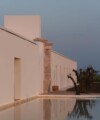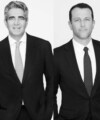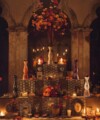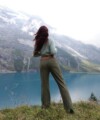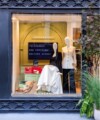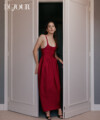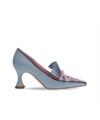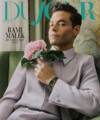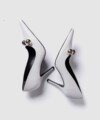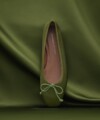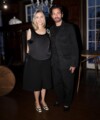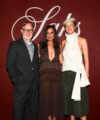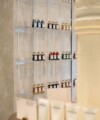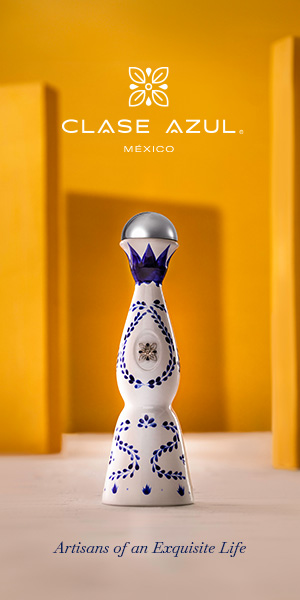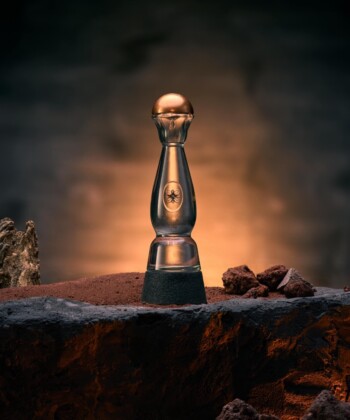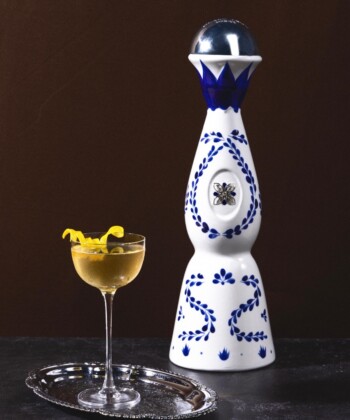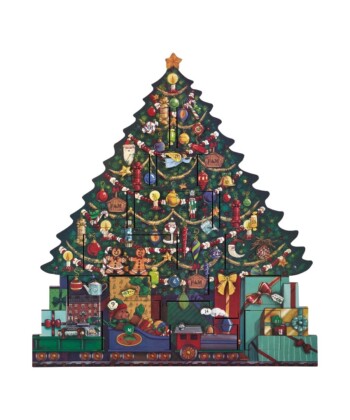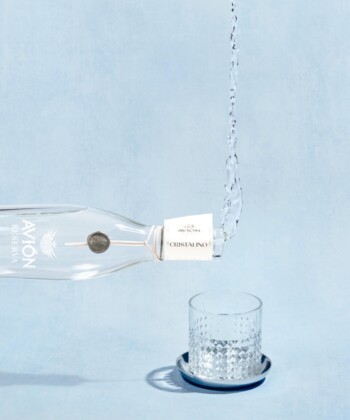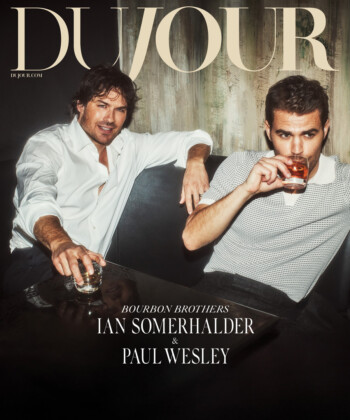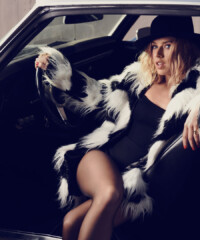Last Memorial Day, over a sunset meal at On the Rocks in St. Barths, I scanned the crowded restaurant and noticed that every table had one thing in common: an ice bucket carrying a bottle of pale pink rosé. What stood out wasn’t the type of wine—rosé on the French-influenced island is as ubiquitous as men in speedos, of course—it was the fact that every group was drinking the same exact label at a restaurant with a rather extensive wine selection.
“It’s consistently our top-selling wine,” explained the server.
When I asked a hotel sommelier in Anguilla about the wine several months later, he said that his guests drank so much of it that the property could barely keep the rosé in stock. A bartender at a Soho restaurant recently told me the same thing.

Chateau d’Esclans
That wine—Whispering Angel—is one you’ve most certainly seen (or sipped) at a summer soirée, a trendy restaurant or in a cabana on the beach. If it seems like the white-labeled bottle is popping up everywhere, that’s because it is. When the Provence estate Chateau d’Esclans released its first Whispering Angel vintage nine years ago, there were just 135,000 bottles; this year, Esclans is on par to produce 3.2 million. Whispering Angel, which retails for $22, represents the entry-level offering in a portfolio that also includes Rock Angel ($35), Les Clans ($65) and Garrus ($100).
“What we’ve been able to craft is probably the greatest wine brand that’s come out of France in the last 20 years,” says Sacha Lichine, the owner of Chateau d’Esclans, who first acquired the estate in 2006. Though the property was in poor condition at the time, Lichine recognized its potential and invested more than €1 million euros to completely restructure the vineyard.
Back then, he says, rosé was “heavy, dark and syrupy” and often confused with blush wines and white zinfandels. But as winemaking technology evolved, the quality of the wine began to increase tremendously. “I think everyone was ready for something of this nature and style,” he says. “Years ago, you’d go to Saint Tropez or the French Riviera and everyone was drinking cheap rosé on ice. Now it’s become a real wine. We laid the groundwork for the idea that rosé should be taken seriously.”
The idea has clearly caught on. Sales of imported rosé in the U.S. grew by 41% last year, a staggering number given that table wine sales grew just 1%, according to a Nielsen report. In 2014, Wine Enthusiast named Chateau d’Esclans the European Winery of the Year—an accolade typically reserved for more traditional producers—stating that the estate has “reinterpreted our idea of rosé wine, giving Esclans the same prestige as any Bordeaux chateau.”

Chateau d’Esclans
Thanks to fruity notes and a crisp, dry finish, Whispering Angel has managed to achieve both cachet and mass appeal. Sachine says that 90% of the wine produced at Esclans is exported—you’ll find it in 76 countries, from Senegal to Singapore, Cambodia to Qatar.
“It’s been nine years of extremely hard work—pounding the pavement, shaking hands, making friends and selling wine,” says Lichine, who’s spent nearly three decades in the industry. “But I’ve never had an easier wine to sell than these rosés. I’ve never had anyone say that they didn’t like it.”


